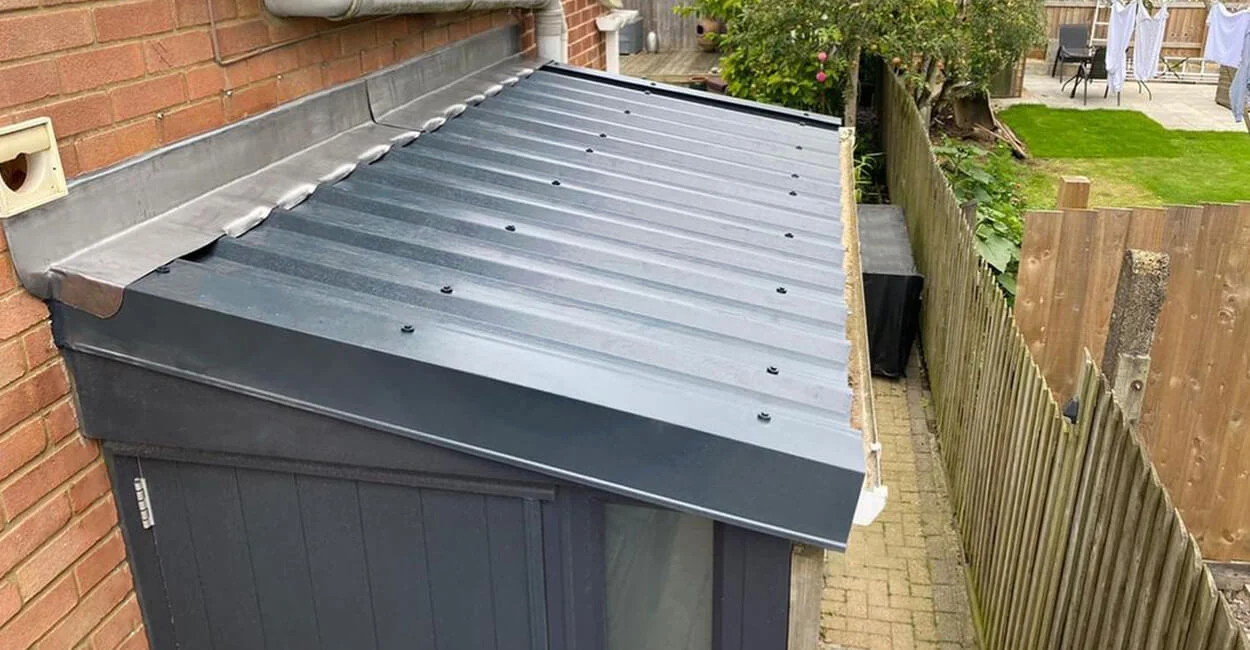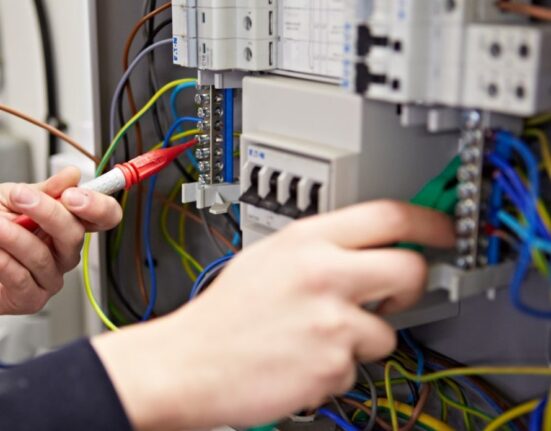Roof maintenance is a crucial part of homeownership, and one of the most critical elements to consider is “flashing roof” components. Roof flashing plays an essential role in protecting your home from water damage, ensuring that water does not penetrate vulnerable areas like joints, valleys, and edges.
In this comprehensive guide, we will explore everything you need to know about flashing roof systems, including their types, importance, installation, maintenance, and common issues.
What Is Flashing Roof?
It refers to thin pieces of impervious material installed at various points on your roof to redirect water away from critical areas. These materials are usually made from metals such as aluminum, copper, or galvanized steel, but they can also include rubber or plastic in certain applications.
Flashing roof components are vital in preventing leaks and maintaining the structural integrity of your home. They are typically found around chimneys, vents, skylights, dormers, and where the roof meets walls or other structural elements.
Types of Flashing Roof Materials
There are several types of flashing materials, each suited to specific roofing needs. Here are the most common ones:
1. Metal Flashing
- Aluminum: Lightweight and corrosion-resistant.
- Copper: Durable and aesthetically pleasing, often used for high-end projects.
- Galvanized Steel: Strong and cost-effective, commonly used in residential roofing.
2. Rubber Flashing
This material is often used in modern roofing systems, particularly around vents and pipes.
3. Plastic Flashing
Plastic flashing is a budget-friendly option but less durable than metal or rubber. It is primarily used in temporary roofing solutions.
4. Step Flashing
Step flashing consists of small, rectangular pieces of metal installed in a “step” pattern where the roof meets a vertical surface, such as a wall.
Each type of flashing roof material has its advantages, depending on the climate, roof type, and budget.
Importance of Flashing Roof in Preventing Water Damage
It components serve as a shield against water infiltration. Without proper flashing, water can seep into joints and edges, leading to:
- Mold and mildew growth
- Rotting of wooden structures
- Stains on walls and ceilings
- Compromised insulation
By installing and maintaining flashing roof materials, you can significantly reduce the risk of costly repairs and enhance the longevity of your home.
How to Install Flashing Roof Components
Installing roof materials requires precision and expertise. Here is a step-by-step guide to ensure a successful installation:
1. Preparation
Gather all necessary tools and materials, including flashing, nails, roofing sealant, and a utility knife. Ensure the roof surface is clean and dry.
2. Cut the Flashing
Measure the area where the flashing will be installed and cut it to the required size.
3. Position the Flashing
Place the flashing at the joint or edge, ensuring it overlaps with the surrounding roofing material.
4. Secure the Flashing
Use roofing nails or screws to secure the flashing in place. Be cautious not to puncture the underlying roofing material.
5. Seal the Edges
Apply roofing sealant around the edges to create a watertight barrier.
Proper installation of flashing roof materials is essential to prevent leaks and ensure the system’s durability.
Common Issues with Flashing Roof Systems
Even the best roof materials can encounter problems over time. Here are some common issues and how to address them:
1. Corrosion
Metal flashing can corrode due to prolonged exposure to moisture. Regular inspections and timely replacements can prevent this issue.
2. Loose Flashing
High winds or improper installation can cause flashing to loosen. Re-secure or replace loose pieces to avoid water damage.
3. Cracks or Tears
Plastic and rubber flashing may develop cracks over time. Inspect these materials regularly and replace them when necessary.
4. Poor Installation
Improper installation can compromise the effectiveness of flashing roof systems. Hiring a professional roofer can ensure correct installation.
Maintenance Tips for Flashing Roof Components
Regular maintenance can extend the lifespan of your flashing roof system. Here are some essential tips:
- Inspect the flashing at least twice a year, especially after heavy storms.
- Clean debris from gutters and valleys to prevent water backup.
- Replace damaged or corroded flashing promptly.
- Apply a fresh layer of sealant if existing sealant shows signs of wear.
Proactive maintenance ensures your flashing roof components remain in excellent condition and continue to protect your home effectively.
When to Replace Flashing Roof Systems
Replacing flashing roof components becomes necessary when repairs are no longer sufficient. Signs that indicate replacement include:
- Extensive rust or corrosion
- Persistent leaks despite repairs
- Visible gaps between flashing and the roof surface
Timely replacement prevents further damage and ensures your home remains watertight.
Benefits of Professional Flashing Roof Services
While some homeowners may attempt DIY repairs, hiring a professional roofing contractor offers several advantages:
- Expertise in selecting the right materials and techniques
- Accurate installation for long-lasting results
- Warranty coverage for added peace of mind
Professional flashing roof services ensure your home receives the best possible protection against water damage.
Conclusion
Flashing roof components are indispensable for maintaining a watertight and durable roofing system. From selecting the right materials to proper installation and maintenance, every step plays a crucial role in protecting your home from water damage.
By understanding the importance of flashing roof systems and staying proactive with inspections and repairs, you can ensure the longevity and safety of your home. Whether you opt for DIY solutions or hire a professional, investing in quality flashing roof materials is always a wise decision.














